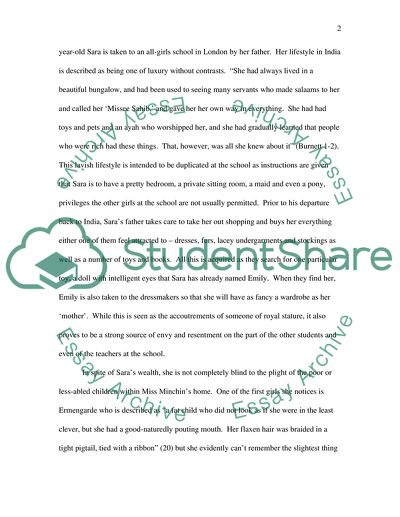Cite this document
(A Little Princess Essay Example | Topics and Well Written Essays - 3250 words, n.d.)
A Little Princess Essay Example | Topics and Well Written Essays - 3250 words. Retrieved from https://studentshare.org/literature/1725857-assignment-a-book-review
A Little Princess Essay Example | Topics and Well Written Essays - 3250 words. Retrieved from https://studentshare.org/literature/1725857-assignment-a-book-review
(A Little Princess Essay Example | Topics and Well Written Essays - 3250 Words)
A Little Princess Essay Example | Topics and Well Written Essays - 3250 Words. https://studentshare.org/literature/1725857-assignment-a-book-review.
A Little Princess Essay Example | Topics and Well Written Essays - 3250 Words. https://studentshare.org/literature/1725857-assignment-a-book-review.
“A Little Princess Essay Example | Topics and Well Written Essays - 3250 Words”, n.d. https://studentshare.org/literature/1725857-assignment-a-book-review.


